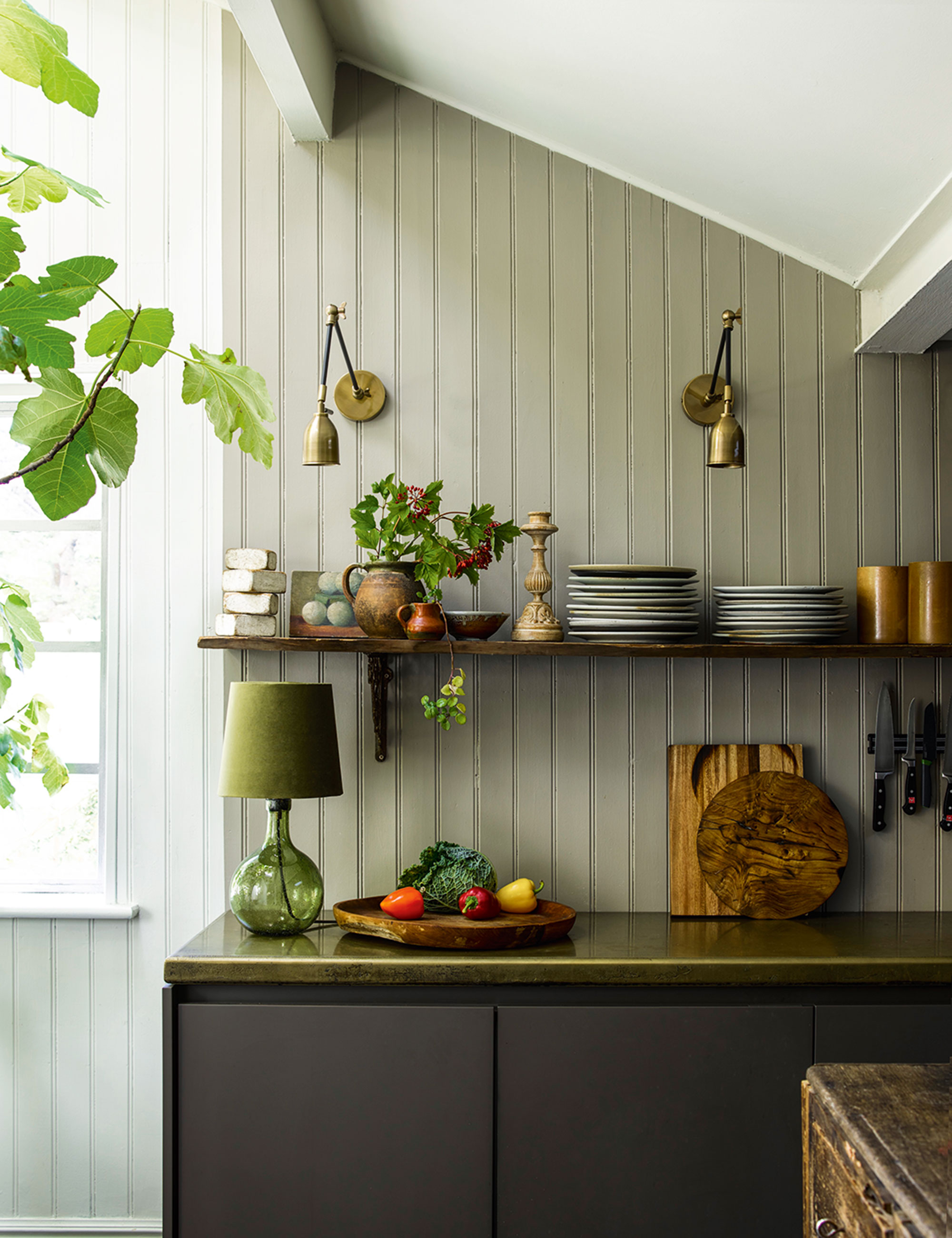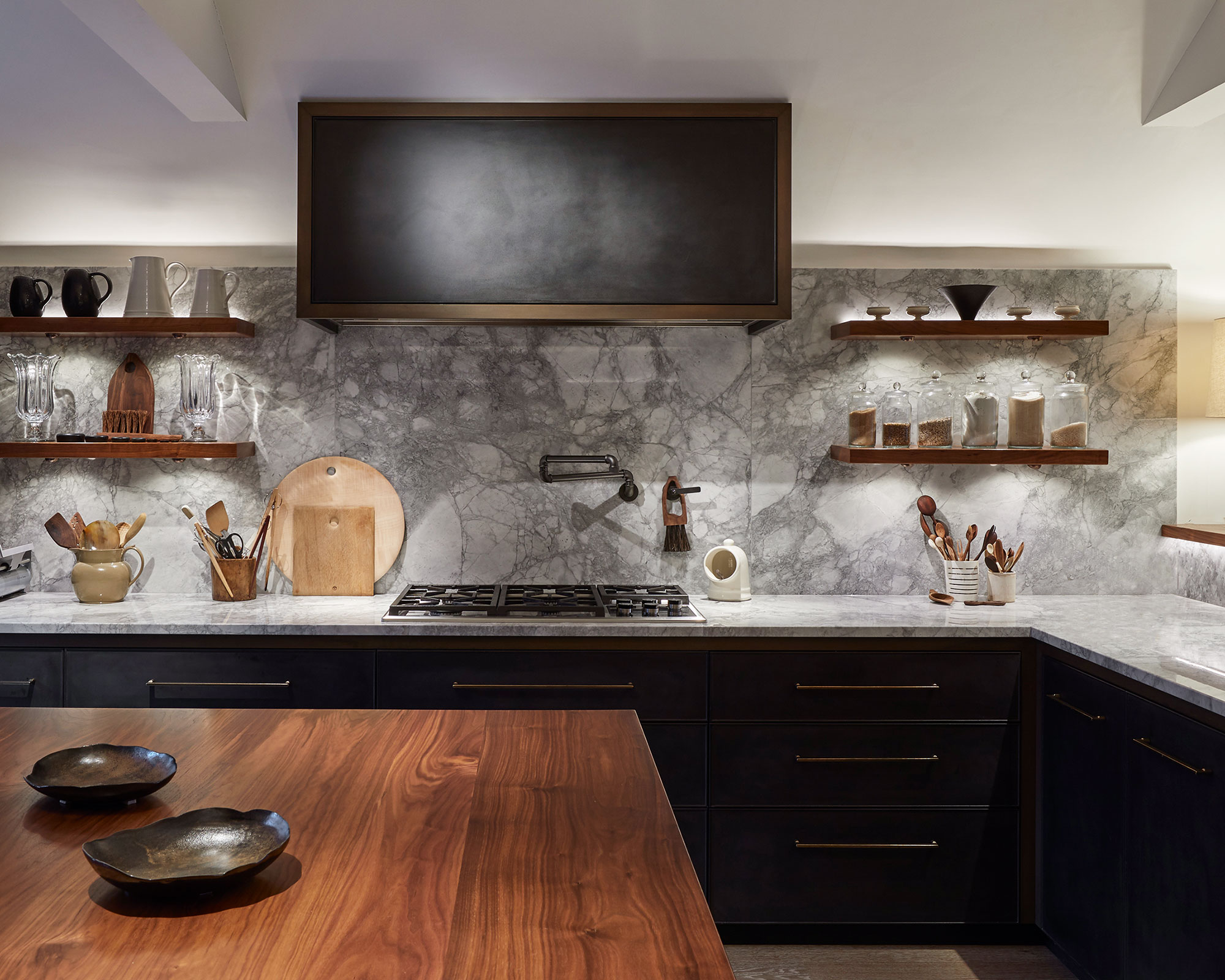7 kitchen lighting mistakes that make your space feel small, bland and impractical
Getting your kitchen lighting right is crucial, so we spoke to the experts to ensure that you make no mistakes

Linda Clayton

Whereas some design errors can be easily rectified or even ignored, kitchen lighting mistakes can be impractical to live with, disruptive and costly to remedy, and – worst of all – dangerous.
Kitchen lighting ideas are an important part of any successful design scheme, with functional and aesthetic illumination particularly important in a space that is used increasingly for entertaining as much as cooking.
Apart from its key function, efficient lighting ideas can have a transformative effect on your kitchen ideas from making a small kitchen look bigger to highlighting key pieces and creating a specific ambiance and mood.
So if you don't have an expert on hand to emphasize the importance of well-planned kitchen lighting, it's easy to see how things unravel and mistakes can be made.
Kitchen lighting mistakes to avoid
From failing to source lighting that shares a design dialogue with your kitchen to choosing the wrong light temperate and color, to installing lights in the wrong position, our panel of kitchen lighting experts reveal the common errors they see made. And, more importantly, they explain how to avoid making kitchen lighting mistakes.
1. Viewing your lighting as purely practical

All too often, kitchen light fixtures are the last thing we purchase, but in truth, the best kitchen designers suggest choosing them in tandem with the rest of your kitchen fittings.
Sourcing lighting that works in harmony with your kitchen furniture will help your scheme feel sophisticated and considered. Look for light fittings in similar shapes, thicknesses, and, of course, coordinating finishes.
Design expertise in your inbox – from inspiring decorating ideas and beautiful celebrity homes to practical gardening advice and shopping round-ups.
Here, the horizontal bars of the pendant lights artfully align with the brass trim on the cabinetry behind. Warm metallic finishes can be hard to match, so do request samples before you buy. Ensure brass items are either all lacquered or all unlacquered to retain uniformity. If the taps you like don’t come in a matching brass, choose black, which goes with any metal.
2. Forgetting to include task lighting

When it comes to designing a kitchen, you'll want to ensure that you include efficient tasking lighting. We've seen many kitchens with plenty of overall or general light, but not enough task or practical lighting in areas where it is needed most.
The presence of kitchen wall lighting – an efficient form of task lighting – is growing in the kitchen. Well-positioned task lighting, you can help eradicate contrast and dark spots and make sure your kitchen works for you.
‘Stylish wall lights are a great alternative to ceiling downlights and will add an extra design feature on emptier walls,’ says Rohan Blacker, founder, of Pooky. ‘Set on separate circuits, they are great for layering with overhead and task lighting. Alone, they will provide softer, ambient illumination in the evening.’
3. Choosing the wrong size light fixtures

Another common kitchen lighting mistake is choosing disproportionate light fittings. It is crucial to think about the size and dimensions of your existing space. Otherwise, you could end up with a light fitting that not only looks erroneous but won’t provide enough adequate lighting.
A few LED strips can go a long way in the kitchen, bringing shelving to life and dialing the mood to relax. The most sophisticated solutions are completely hidden when the lights are off, which requires early discussions with your designer.
‘It is essential to ensure that the LED strips are properly set into recesses within the shelves or cabinetry,’ explains Mark Holloway, managing director, Kitchens By Holloways. ‘Angling them at 45 degrees, back towards the wall, will achieve the best lighting effect and prevent garish reflections or visible fittings.’ Look for LEDs emitting warm light, around 2700k, for an inviting atmosphere.
4. Getting the color temperature wrong

As well as choosing the right size light fittings for your kitchen, it’s also important to take into account the ‘color temperature’ of your bulbs. Humans are sensitive to light; no one wants to walk into a room with harsh or excessively bright lighting, which can cause headaches, nausea, and anxiety.
The color temperature of bulbs is vital for ensuring comfort. ‘It’s measured by the Kelvin rating – the lower, the warmer and softer the light,’ explains Mark Holloway of Holloways of Ludlow. ‘A rating of 2700 has the warmth and coziness most of us crave, while brighter, whiter bulbs are best kept for task-oriented areas.'
'As a general rule, it’s best to aim for bulbs with color temperatures of around 2700-3500K,' says Hannah Thompson of Lam Lighting. 'These will provide plenty of good quality lighting for carrying out practical tasks. ‘Also, where the bulbs themselves are visible, you should think about the overall shape and look, too.'
5. Not putting your lights on dimmers

Using lighting controls so that each effect can be individually controlled is the key to setting the mood.
‘At a minimum, add dimmer switches so you can manipulate the light levels,’ says Sally Storey, creative director of John Cullen Lighting. 'Put the general, background lighting on one circuit, and the feature lighting on another, and in this way, you can begin to control the mood of the room.'
6. Doing away with overhead lighting

While overhead lights are often used only occasionally, most kitchen designers consider them essential.
‘I use them to bridge the gap between floors and high ceilings in a kitchen,’ says Deborah Bass, founder of Base Interior. ‘Because ceilings are a blank canvas, unlike floors, pendants help to link a whole space together,’ adds designer Lee Broom, who also uses them to zone different areas. While not seen as the most atmospheric light source, they can make a space feel cozier, argues Siobhan Kelly, associate director of David Collins Studio. ‘A ceiling in shadow flattens a room.’
An open-plan kitchen with a dining area is a great space to incorporate statement pendant lighting. ‘We often advise clients to be brave with scale, especially in rooms with high ceilings,’ says interior designer Emma SimsHilditch. ‘This fills the space and adds an element of drama.’
7. Not layering your lighting

As we've mentioned earlier, you need to have plenty of good-quality ambient and task lighting. However, people often overlook the third main type of lighting – accent lighting.
Many people fail to realize the beauty of accent lighting. A layered approach to lighting not only sets the mood for your kitchen but also brings interest and depth. Lighting set close to natural surfaces will play on light and shadow, enhancing texture and patination and bringing the materials to life.
‘To really maximize beautiful surfaces, select fittings that are low-glare and provide discreet illumination,’ says Luke Thomas, design director, of John Cullen Lighting.
‘Recessed downlights or spotlights with frosted glass lenses create a diffuse light for a soft wash, while linear LEDs give a continuous, even glow. It’s critical to use lighting with excellent color rendering properties – CRI 95 is best – so materials, particularly natural materials, are seen in their true form without color warping or flat lifelessness.’

Jennifer is the Digital Editor at Homes & Gardens, bringing years of interiors experience across the US and UK. She has worked with leading publications, blending expertise in PR, marketing, social media, commercial strategy, and e-commerce. Jennifer has covered every corner of the home – curating projects from top interior designers, sourcing celebrity properties, reviewing appliances, and delivering timely news. Now, she channels her digital skills into shaping the world’s leading interiors website.